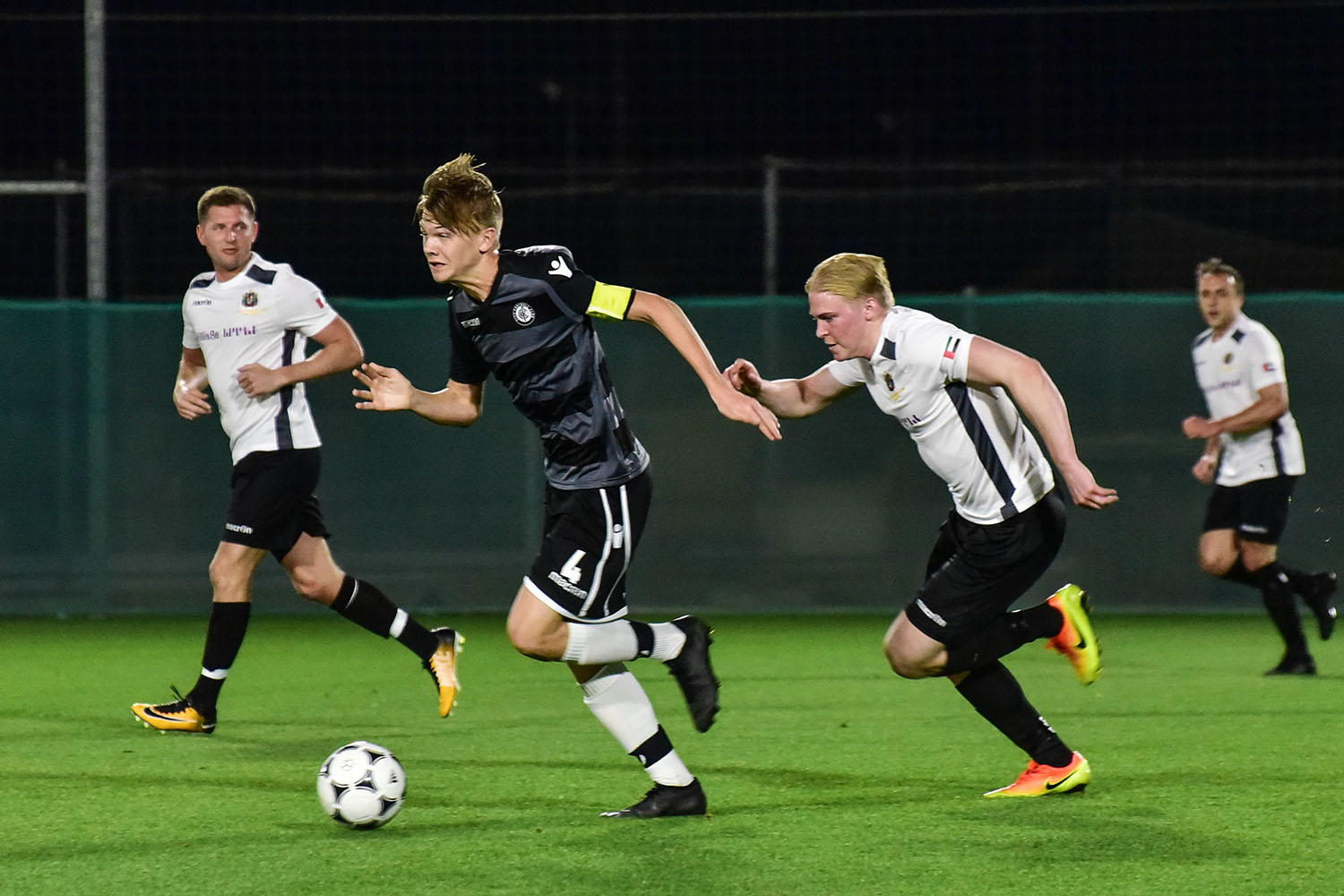Photographing the Fiery Topaz: A Feathered Gemstone of the Amazon
The green shadows of the Amazon hide many treasures. From the gold and riches that played a role in the plundering of the world’s largest rainforest, to the ones I’m after — living treasures. One river, the Napo, plays a central role in both types. The Napo River is part of the story of the mythical city of El Dorado, and it also is home to one of the most beautiful hummingbirds of the Amazon: the Fiery Topaz (Topaza pyra).

















